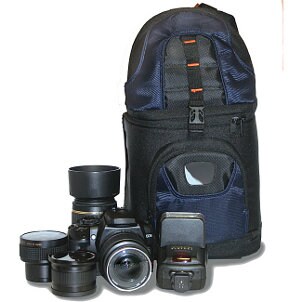Digital photography makes it easy for anyone to produce great digital photos to share with friends or to use on their personal Webpage. Understanding a little of the terminology surrounding digital cameras will help you better understand how your camera works and how to take advantage of more features.
Digital Camera Terms:
- Picture format: The picture format is the type of data file used to store digital photos, some of which compress the file to save memory space. Common current formats include GIF, JPEG, PNG and TIFF. You can convert between different formats using photo manipulation software. The compression of photo files can lead to a loss in image quality. Each file format compresses differently and takes up a different amount of memory. Many digital cameras give you the option of capturing images in a RAW file format, which features minimal processing and no compression, but takes up much more memory.
- Image browser: This software enables users to view digital photos on a computer. It also allows renaming of files, conversion from one format to another, adding descriptions and tagging files with content labels.
- ISO (sensitivity) rating: The International Standards Organization (ISO) sets the mark for light sensitivity in digital cameras. Most digital cameras have adjustable ISO settings. ISO100 is the basic setting for most digital cameras, although some go down to ISO50. Sensitivity can be increased to 800 or even 3,200 on high-end digital SLRs. Increased sensitivity means less light is needed to capture the image, but greater distortion or graininess can creep into photos captured at a higher ISO.
- White balance: White-balance features allow your digital camera to correct color distortions from artificial light. Digital cameras can scan a light-colored target to electronically neutralize the off-color lighting, producing more natural looking digital photos.
- Digital single-lens reflex: This is a unique viewing system, which allows the viewfinder of your DSLR camera to display the view from the actual camera lens. A system of mirrors and prisms reflects light from the lens to the viewfinder. When you take a picture, the mirror slides away, exposing the sensor to light.
- CCD: A charged-coupled device (CCD) is the sensor that your digital camera uses to translate light into digital information. The bigger the sensor, the more light and detail your digital camera can capture. Digital SLR cameras usually have larger CCDs than smaller point-and-shoot models.
|


0 ความคิดเห็น:
แสดงความคิดเห็น